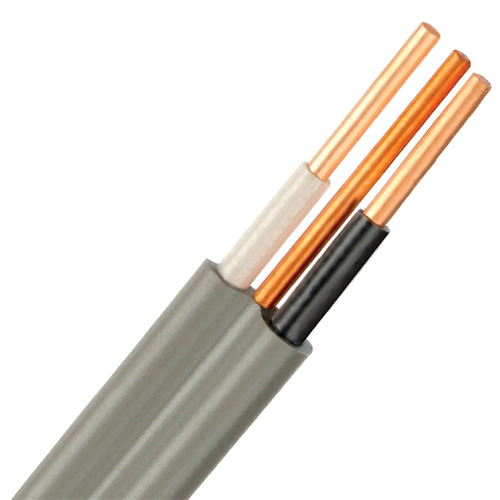In the realm of electrical engineering, the correct polarity of wires is crucial for the proper functioning of circuits and devices. However, what happens if you reverse the positive and negative wires in an electrical system? This seemingly simple mistake can have significant consequences that may affect the performance and safety of the entire system.
Effects on Circuit Functionality:
When positive and negative wires are reversed in an electrical circuit, the flow of current is disrupted. This reversal can lead to a variety of issues, such as short circuits, voltage spikes, and component damage. In some cases, the circuit may fail to operate altogether, causing a complete breakdown of the system.
Impact on Devices:
Reversing the polarity of wires can have detrimental effects on connected devices. For instance, electronic components like diodes and transistors are sensitive to polarity and may malfunction or even get permanently damaged when subjected to reversed polarity. Motors and other electromechanical devices may also experience erratic behavior or failure when the wiring is incorrect.
Safety Concerns:
Beyond the functional implications, reversing positive and negative wires can pose serious safety risks. In high-power systems, such as those found in industrial settings or household appliances, incorrect wiring can result in electrical fires, shocks, or even explosions. It is essential to adhere to proper wiring practices to ensure the safety of both the equipment and individuals interacting with the system.
Troubleshooting and Correcting Reversed Polarity:
If you suspect that positive and negative wires have been reversed in a circuit, it is crucial to address the issue promptly. Using a multimeter to verify the polarity of the connections can help identify the problem. Once the reversed wires are identified, they should be corrected immediately to prevent further damage and ensure the proper functioning of the system.
Preventative Measures:
To avoid the consequences of reversed polarity, it is essential to follow wiring diagrams and color codes provided by manufacturers. Double-checking connections before powering up a circuit can help prevent mistakes. Additionally, labeling wires and using polarity protection devices, such as diodes or fuses, can add an extra layer of safety to electrical systems.
Conclusion:
In conclusion, reversing positive and negative wires in electrical circuits can have far-reaching implications, affecting functionality, device performance, and safety. Understanding the risks associated with reversed polarity and taking proactive measures to prevent such errors are crucial steps in maintaining the integrity and reliability of electrical systems. By prioritizing proper wiring practices and attention to detail, engineers and hobbyists can ensure the smooth operation of their circuits and devices.



